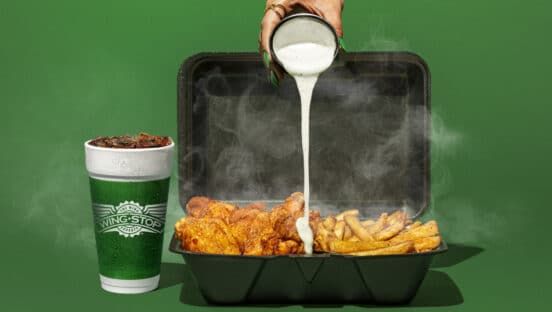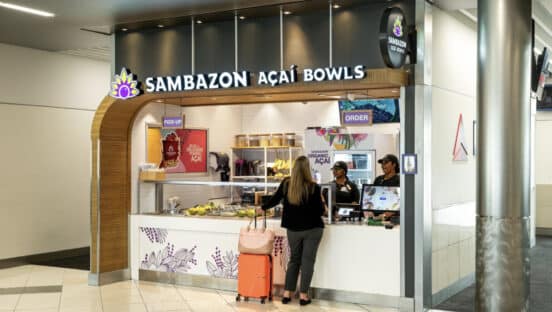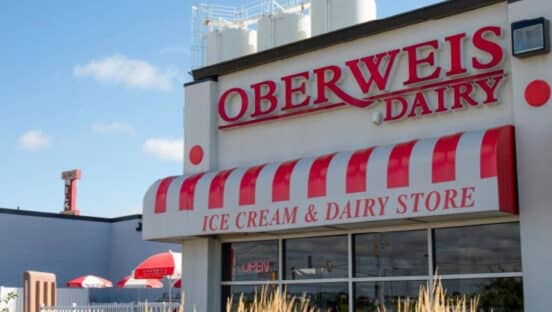Shake Shack chief executive Randy Garutti wasn’t underselling 2018 when it called it “by far our most ambitious year yet,” in February. The company built 49 restaurants (34 corporate) across 27 states and 13 countries, including 20 in the fourth quarter alone and seven during a two-week window. That nearly 31 percent year-over-year growth introduced Shake Shack to eight fresh markets as it reached 208 restaurants (124 domestic). Sixteen more opened in the first quarter of fiscal 2019.
Perhaps most notable, and maybe most surprisingly, though, is that more than 80 percent of Shake Shack’s stores now reside outside New York City. Did anybody expect that? Most experts would be lying if they said they did.
This has all happened at a blurring pace, too. In 2014 there were 63 locations. Shake Shack then jumped to 84, 114, 159, and 208 over a five-year span—good for a 35 percent compounded annual growth rate. Systemwide sales climbed to $672 million from $217 million and revenue rose to $459 million from $119 million. Cash flow from operations also boomed from $14 million to $85 million.
It’s a pretty dramatic spurt for a brand that, in the summer of 2001, was peddling around as a hot dog cart during an art exhibition to raise funds for the rejuvenation of Madison Square Park. A 400-square foot kiosk came three years later.
Shake Shack likes to tout this company pillar: “The bigger we get, the smaller we have to act.”
Let’s focus on one particular corner of this mindset: labor. In the company’s annual report, posted Monday, Garutti penned a letter to investors about the opportunities and challenges ahead. He put the staffing obstacle into straight-lined perspective. “With rising wage pressure, and record-low unemployment, it’s never been more challenging to find, develop, and keep the best talent,” he said.
Shake Shack shuffled its executive suite in February, naming Andrew McCaughan, former VP of development, chief development officer. Michael Kark, Shake Shack’s old VP of global licensing, was promoted to chief global licensing officer. VP of digital technology at Newell Brands, Dave Harris, joined as chief information officer. And Jay Livingston officially stepped in as chief marketing officer after a run at BARK, the makers of BarkBox.
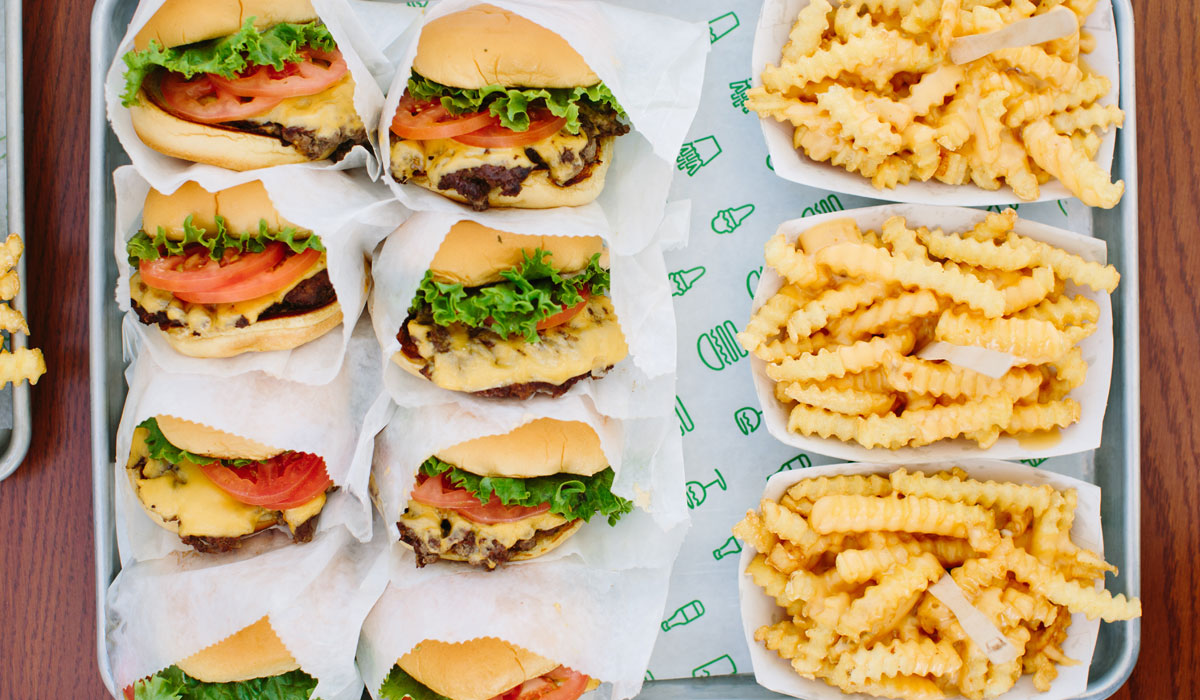
As Garutti noted, Shake Shack is facing the same labor pressures stressing companies across the landscape, but maybe even more so given the brand’s operating model.
Take this directive: “Our commitment to taking care of our team may cause us to incur higher labor costs compared to other restaurant companies,” Shake Shack said.
The chain has always shouldered the burden as a necessary expense.
“We believe in building the right way for the long term and you should expect to see us continue to deploy spend in our people, in our guest experience, and in our underlying technology that we believe will deliver both leverage and compelling long-term returns for our shareholders,” CFO Tara Comonte said in February.
Shake Shack created nearly 2,000 jobs last year and promoted 1,151 employees. That’s one retention-inspiring model the company preaches and believes can remedy other issues. Restaurants, unlike many other fields, benefit from longevity on the balance sheet. Beyond the customer service and operational rewards you don’t always see in non-customer facing businesses, turnover is an expensive and chronic problem in hospitality.
Turnover rates for restaurant management positions are closing in on 40 percent annually, according to TDn2K. And although non-management turnover rates remain high and are getting higher (increase in turnover over the last seven years has been nearly 20 percentage points as of the first quarter of 2019), management retention is most worrisome, TDn2K said. Since 2012, turnover rates for management employees in restaurants jumped more than 10 percentage points, per TDn2K’s People Report.
As TDn2K’s data also illustrates, 20 percent of restaurant companies are continuously understaffed for general managers. The 2019 Recruiting and Turnover Survey said that, on average, at any given time, about one in every three quick-service restaurants are not fully staffed.
For counter-service brands, including fast casual, half or more of the positions available will be occupied by a new, untenured manager within the next 12 months.
That’s a pretty scary proposition for a growth-minded concept.
“You see us making continued new investments in general managers and all of our managers, frankly,” Garutti said earlier. “But that will be something I would imagine will be the No. 1 challenge forever in our business. We’re in a people-led business. It’s also our sweet spot. It’s also what we do better than anyone and it’s how we’re going to continue to invest so that we have restaurants that are standing with great leaders decades from now. But it’s never going to be easy.”
Some quick math: The cost of replacing a single restaurant GM, per TDn2K, is about $14,000. That includes hard costs related to separation, replacement, and hiring, as well as the manager leaving and what it takes to hire another employee.
It makes this next Shake Shack initiative seem a lot less crazy. In Q1 of 2019, the chain issued additional equity awards of $10,000 to each of its general managers—the first time it’s done so since Shake Shack’s IPO, when it exited 2014 with nearly $120 million in revenue.
The company also expanded 401K eligibility, tested various work environments, including flex hours at the home office, and a headline-grabbing four-day work week in several restaurants across the country.
The latter pilot was announced March during an investor conference in Las Vegas. Garutti said he hoped the perk would attract employees in the sub 4-percent reality that is today’s labor climate. The turnover rate in the hospitality sector climbed above 70 percent for the second straight year in 2018, according to the Bureau of Labor Statistics.
“That’s a big thing,” Garutti told Bloomberg of the four-day work week. “Nobody’s really been able to figure that out in the restaurant business. If we can figure that out on scale, it could be a big opportunity.”
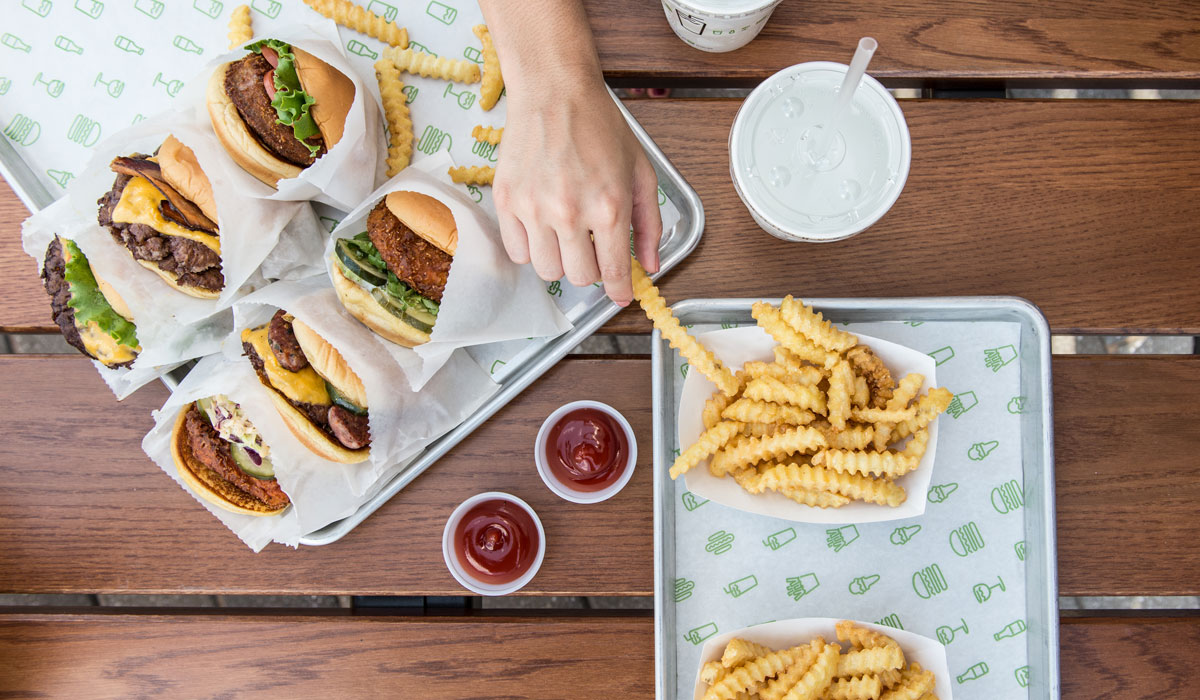
As Bloomberg noted, average hourly earnings for non-supervisory employees at quick-service restaurants rose 4.5 percent in the year through January, outpacing the national average for all industries by a full percentage point.
Shake Shack said it wasn’t promising the perk to managers, but wanted to see how “leaders like it on a recruiting basis and ongoing retention basis.”
This past quarter, labor and related expenses hiked 110 basis points at Shake Shack to 28.9 percent. This due to double-digit increases in hourly and salary employee compensation in New York City, combined with the “administrative burden of legislation,” Comonte said.
Additionally, labor costs tend to rise during growth as chains normalize operations and optimize execution at new locations, of which Shake Shack has had no shortage of lately.
So the retention piece is going to be critical for Shake Shack if it wants to scale without elevating costs to the point where it’s hard to be successful.
The chain has poured investments into inspiring just that. Shake Shack recently launched “All-In,” a company-wide diversity and inclusion initiative “that seeks to create an environment that provides equal opportunities for success by removing obstacles for progression and fostering a culture of growth and empowerment,” Garutti said in May.
Of the promotions in 2018, 58 percent were women. The company is also piloting a women’s mentorship program to support health and leadership development, with a more formal launch expected in the future.
Additionally, Shake Shack was awarded a 100 percent score on Human Rights Campaign 2019 Corporate Equality index, designated a Best Place to Work for LGBTQ Equality.
“The macroenvironment has rarely been as challenging to find and retain great talent,’ Garutti said. “And it’s critical for us to continue investing in our teams and ensure Shake Shack remains a great place to work and grow.”
As of December 26, 2018, Shake Shack had 6,101 employees: 5,214 hourly, 703 store-level managers, and 184 home office personnel.
“We are committed to ongoing innovation and investment in our teams, albeit against very real cost pressures across our industry,” Garutti said. (One offset strategy is to raise prices, as the company said it would do last quarter).
Shake Shack plans to open 36–40 corporate stores in 2019, with an additional 16–18 licensed units in the pipeline. The broader goal is to grow another 50 percent and deliver $700 million of total revenue by the end of 2020.
For now, however, Shake Shack is going to focus about 80 percent of that 2019 expansion in existing markets. This is being done with an eye toward labor as well.
“We have definitely learned that we should continue to do a lot of new markets but going deeper has helped us quite a bit,” Garutti said of clustering stores. “It’s helped us see that culture.”
What it also does is foster a wider labor pool for Shake Shack to invest in and pull from. When it goes to new markets, the chain takes leaders from other locations to open restaurants. Sometimes that’s a general manager. Other times it’s a corporate employee. “All the time, it is leaders from around the Shack world who go there and help us open,” Garutti said. “They stay somewhere between two to four to six weeks, at least.”
That would get pretty thin, pretty quickly if Shake Shack constantly opened in areas it had no presence in. Shake Shack’s first-to-market boom, like the one in 2018, is likely to go on a hiatus for a couple of years, as executives hinted. Instead, the chain will deepen those recently debuted cities (Denver; Charlotte, North Carolina; and Seattle were all new last year) and then have a strong platform to jumpstart future expansion. A key reason: giving management-level employees time to mature in Shack Shack’s system and, thus, fuel growth from the trenches.
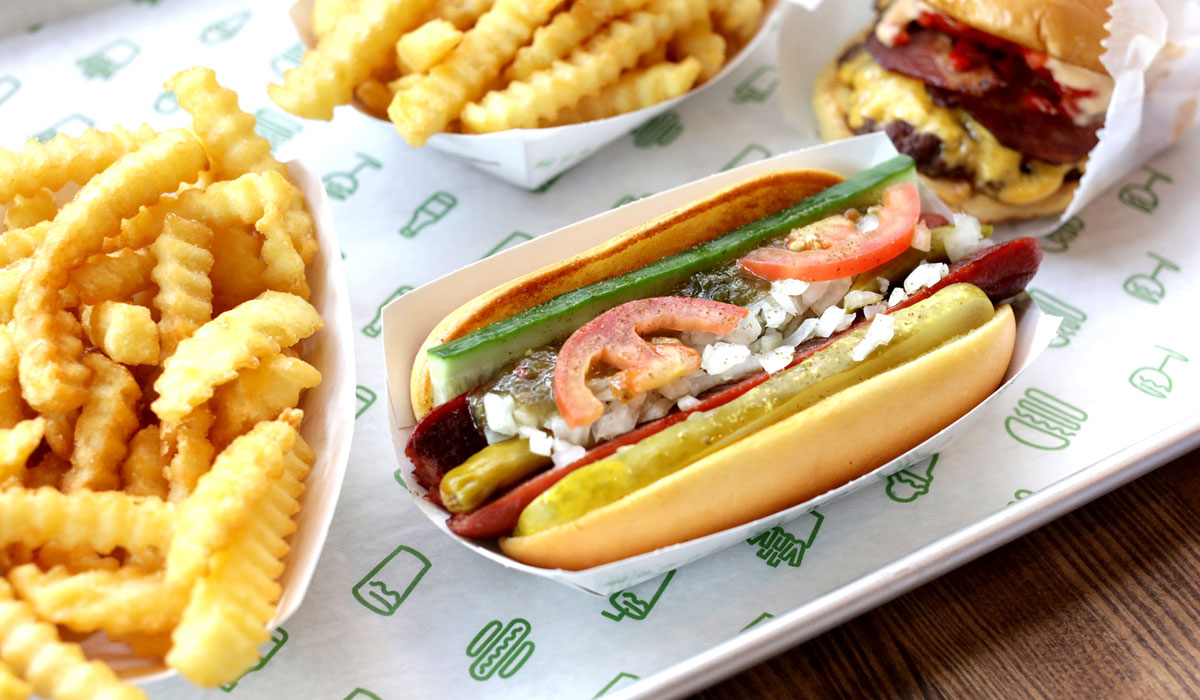
“We spend a lot of money on the initial setup of those restaurants and the ongoing—certainly—first few months and really into that first year,” Garutti said. “It takes time to level out that business plan and make sure that our No. 1 priority is always take care of our guests and grabbing those sales.”
Shake Shack has a goal internally to hire what it calls “51 percenters.” They are “committed to championship performance, remarkable and enriching hospitality, embodying our culture, and actively growing themselves and the brand,” the company said.
Shake Shack admitted it’s difficult to identify and hire those workers in areas where the brand is less established (again, this speaks to the future growth strategy). To attract what it’s looking for, however, Shake Shack has to pay higher wages and provide greater benefits than its peers.
“Overall, we expect wages at all levels to continue to increase in the near and short term and we expect these rising wages to add pressure to our operating profit,” the company said.
Shake Shack expects the high labor cost trends to continue this year, it said.
“As more minimum wage increases are enacted, we may be required to implement additional pay increases or offer additional benefits in the future in order to attract and retain the most qualified people, which we expect to put further pressure on our operating margins. In addition to recruiting the most qualified people, we are committed to retaining them and will continue to evolve training, compensation and benefits to do so, such as extending our equity-based compensation program to general managers,” it said.
But perks aren’t always compensatory. Shake Shack, in particular, casts culture as a line to perspective workers, especially millennials who see a brand they can belong to.
At Shake Shack, for all employees, culture and principles are trained first, followed by menu knowledge, and capped with operations.
The company rolled out a HUG (Help Us Give) Fund program in late fiscal 2017 to provides employees a way to take care of each other through tax-deductible payroll and other one-time contributions. Shake Shack said the sole purpose of the fund was to provide timely financial assistance to its employees “impacted by financially devastating circumstances that are far beyond their control and their means.” Dressed down, employees can donate into the fund to help other employees in the Shake Shack system.
Another part of the retention piece for Shake Shack is transparency. The brand calls its employee life cycle, “The Shacksperience.” It’s highlighted by a “Steppin’ Up Model” that provides workers a blueprint for development, beginning with the floor-level role and progressing through the GM position. Shake Shack clarifies eligibility requirements and training needed for each position and outlines growth opportunities, up front.
Shake Shack said the model is important because it gives employees “a clear view of the career progression … which in turn helps foster communication in achieving these goals.”
One example: The company has a shift manager position, a level before manager, to give employees access to managerial-level training before making the full transition.
For all employees, culture and principles are trained first, followed by menu knowledge, and capped with operations. There are online, hands-on, and paper-based programs available.
The digital portal, “ShackSource” is also an internal communication device for employees where they can send recognition messages and comment on day-to-day activities.
Basically, Shake Shack keeps its employees plugged in with a clear path to progress, if they so choose.
Operationally, Shake Shack continues to invest in an enterprise-wide system upgrade initiative labeled “Project Concrete.” It’s a resource-planning project designed to implement new systems and processes that support the company’s finance, procure to pay, inventory, and human capital management areas.
There are three focus points:
- Streamlining and automation business processes to establish a scalable foundation for growth.
- Standardizing and centralizing business processes.
- Implementing new software applications to enable the centralized business process in a controlled and efficient way.
Shake Shack’s back-office computers systems were developed to provide real-time labor and food cost management tools. Corporate employees can see detailed business data and make decisions, which also takes non-customer facing tasks off store-level managers’ plates. Project Concrete will also replace back-of-house systems and reduce administrative tasks, the company said.
In January 2015, Shake Shack adopted an incentive award plan that allows it to grant up to 5,865,522 stock options and other equity-based awards to employees, directors, and officers. The options granted generally vest equally over periods ranging one to five years.
The total intrinsic value of stock options exercised during fiscal 2018, 2017, and 2016 was $5,786, $8,333, and $2,536, respectively. Cash received from stock option exercises was $5,472 for fiscal 2018.



